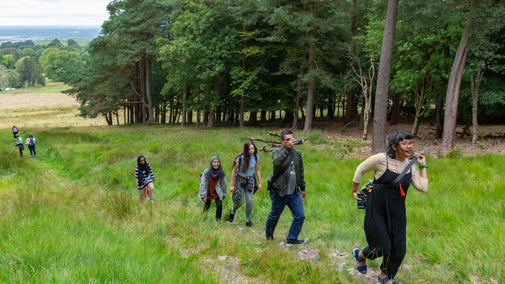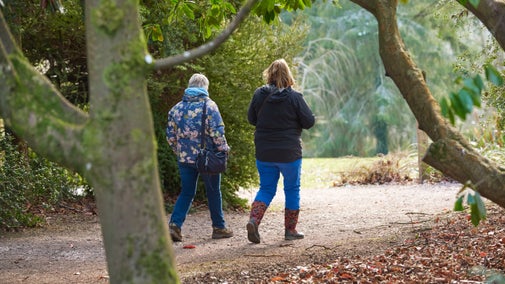Baggy Point short circular walk
Devon
This short circular walk along the western flank of Baggy Point will reward you with great coastal, sea and farmland views, and it's also an excellent place to see wildflowers and to enjoy a spot of birdwatching. The area is designated a Site of Special Scientific Interest (SSSI) for its geological features.
Near to
Baggy PointStart point
Baggy Point car park, grid ref: SS432397Trail information
More near here
Baggy Point to Woolacombe circular walk
Follow this circular route around Baggy Point and Woolacombe Warren in Devon with coastal, sea and farmland views, known for its wild flowers and birds and as a Site of Special Scientific Interest (SSSI) for its geological features.

Baggy Point circular walk via Bloodhills Cliff
A longer, circular walk along both sides of Baggy Point then over the top of the headland, with many points of interest and views across the sea and farmland.

Get in touch
Our partners

We’ve partnered with Cotswold Outdoor to help everyone make the most of their time outdoors in the places we care for.
You might also be interested in
Walking
Explore some of the finest landscapes in our care on coastal paths, accessible trails, woodland walks and everything in between. Find the best places to walk near you.

Cotswold Outdoor: our exclusive walking partner
Learn about the National Trust’s ongoing partnership with Cotswold Outdoor. Find out how they help us care for precious places and the exclusive discount available for National Trust supporters.

Staying safe at National Trust places
The special places in National Trust care sometimes come with a few risks for visitors, be it coastline or countryside. Find out how to keep safe throughout your visits.

Things to do at Baggy Point
Get closer to nature and explore what Baggy Point has to offer along North Devon’s rugged landscape.

Surfing and walking at Baggy Point
From short family walks to something more challenging for the surfer in the family. Grab a board or your walking boots at Baggy Point and enjoy the crisp, fresh air in a rugged landscape.

Walking in Devon
From rugged coastline with captivating views to gentle woodland strolls, these are some of the best walks in Devon this winter.

